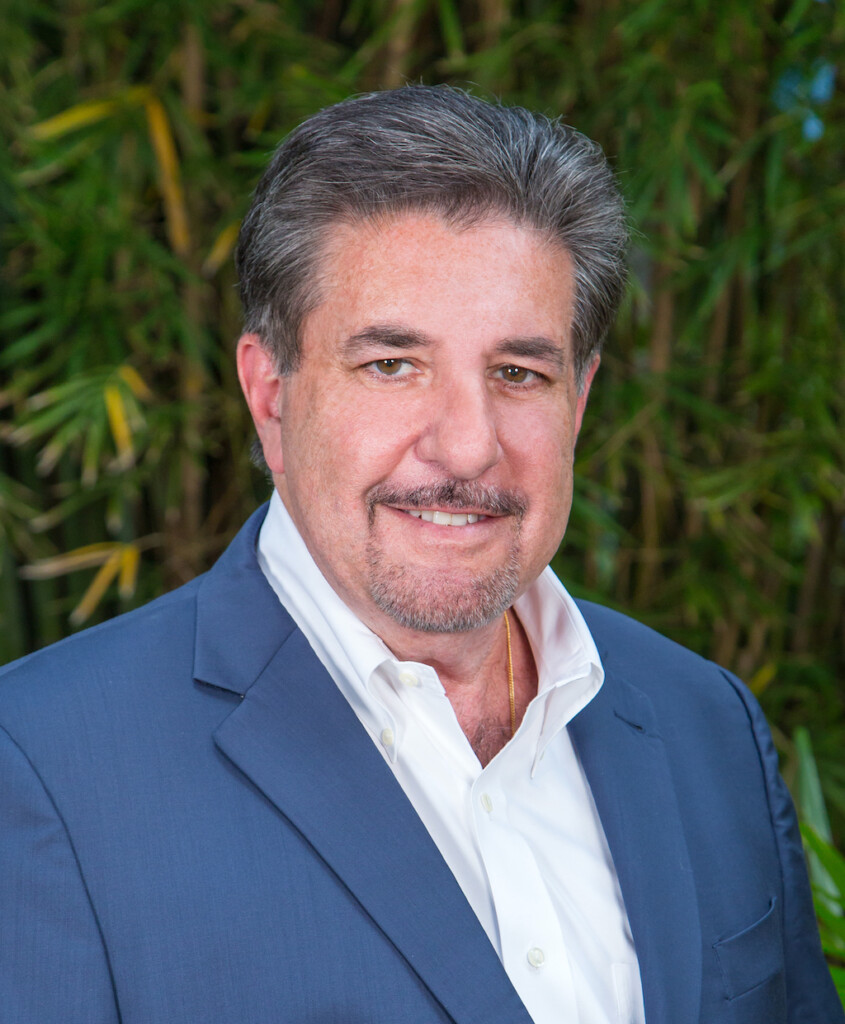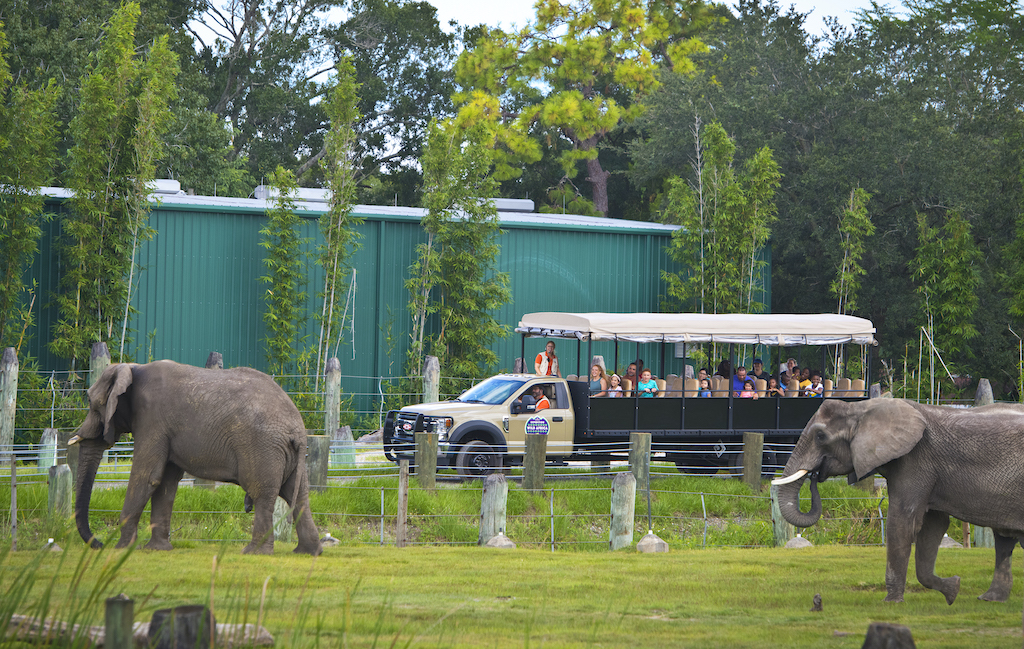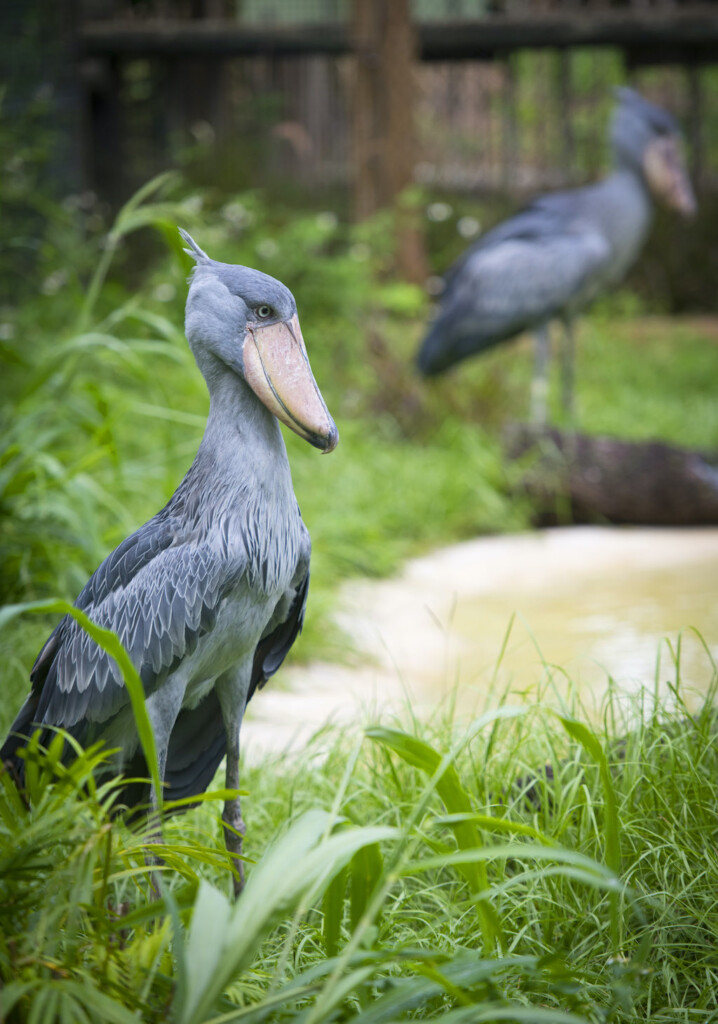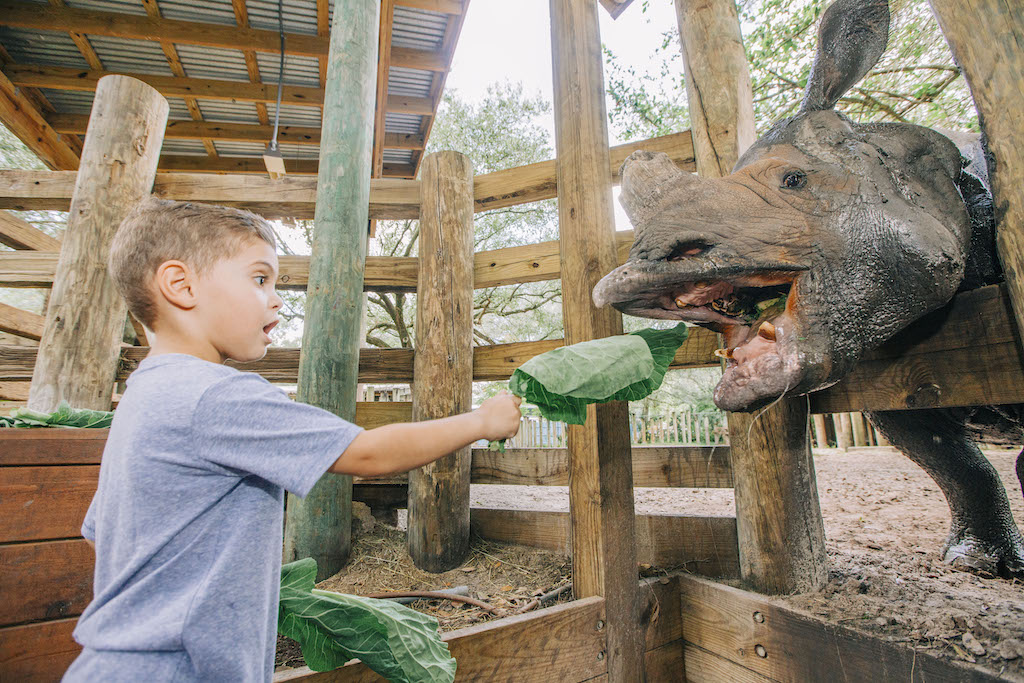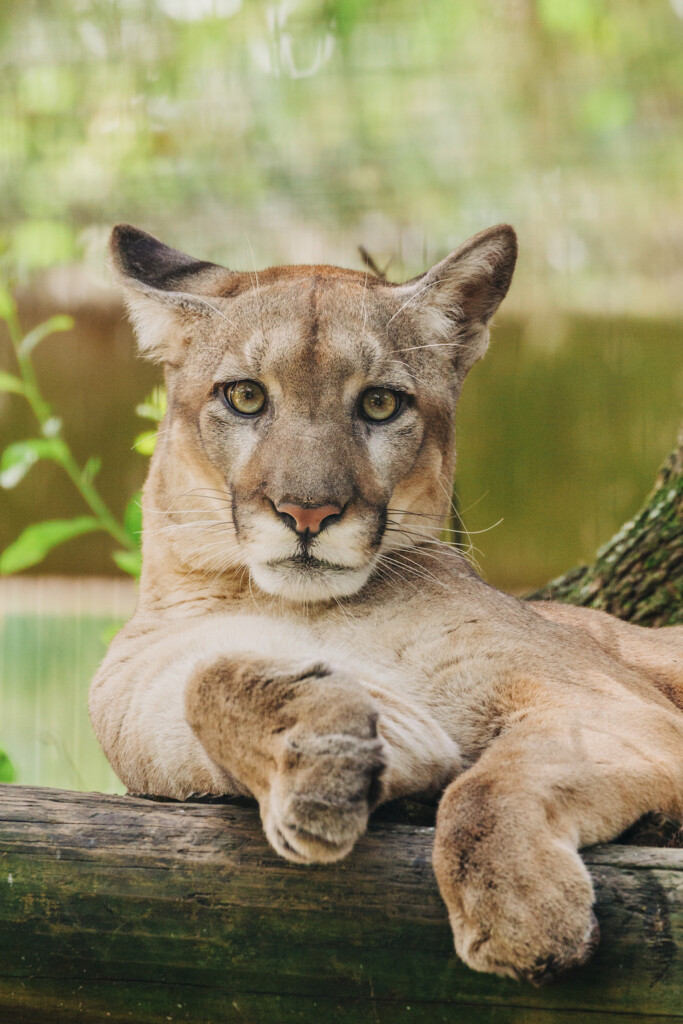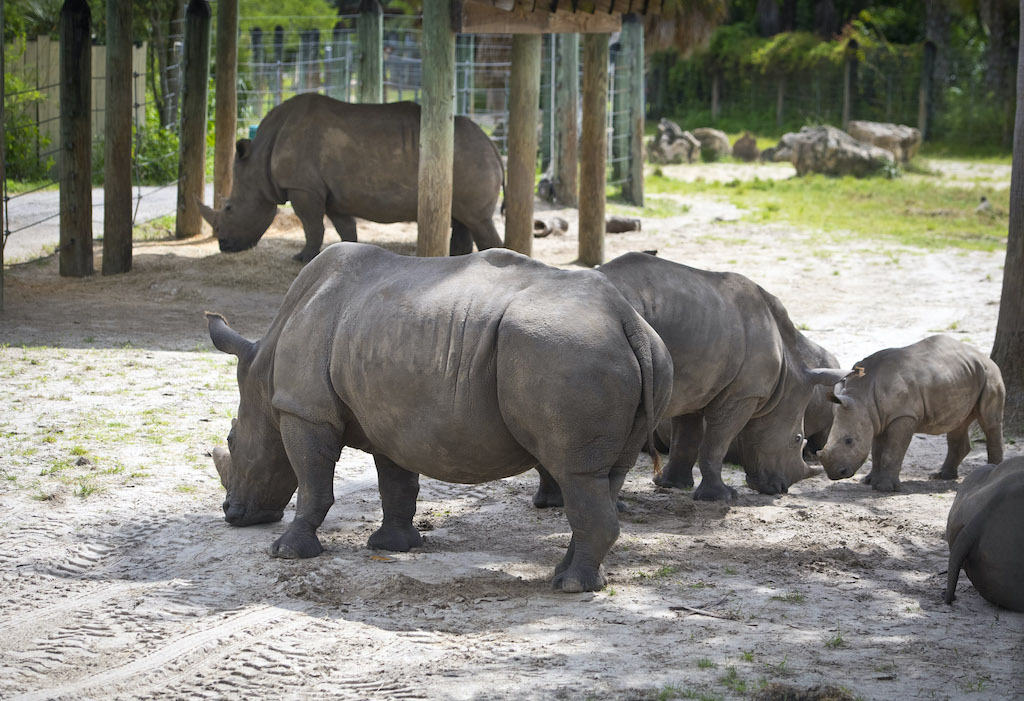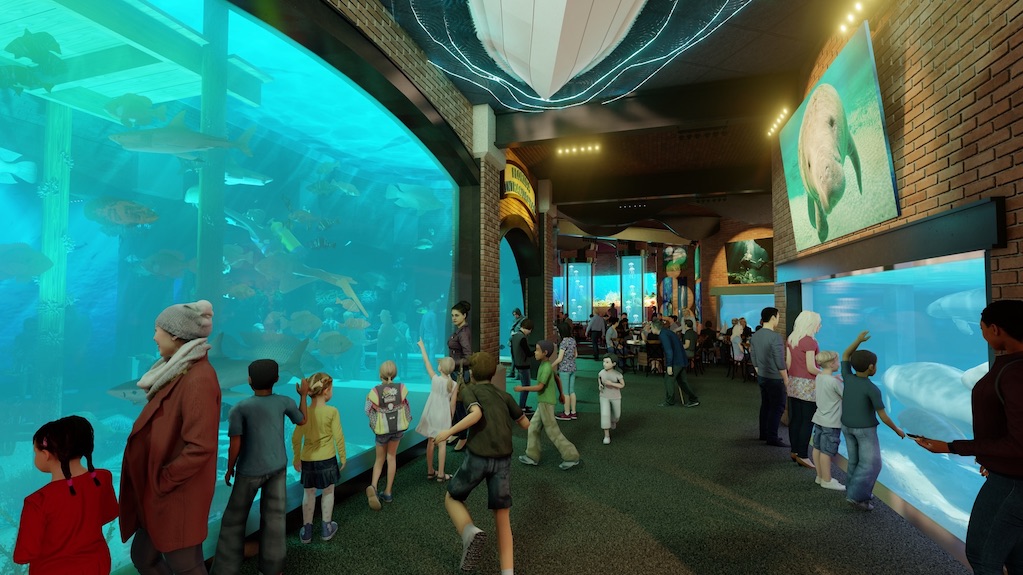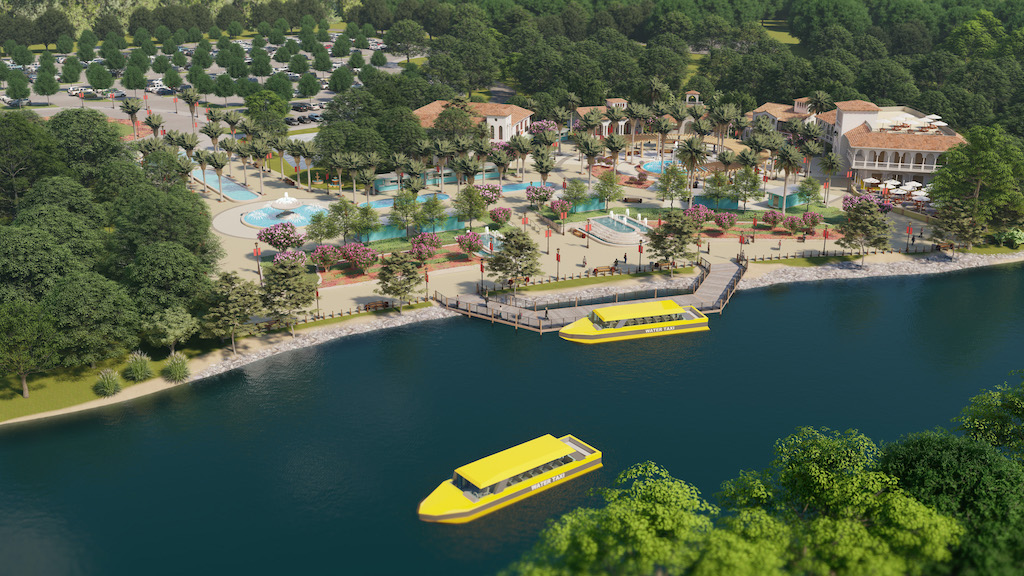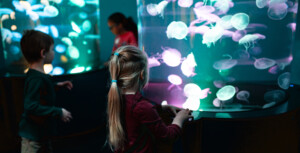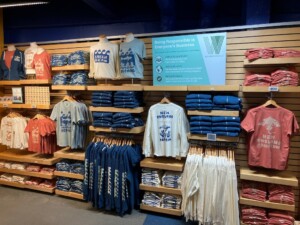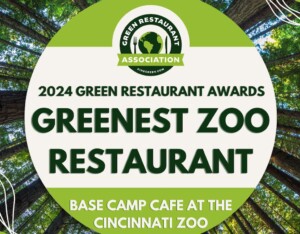Zoo Tampa at Lowry Park is planning a $125 million expansion that will include an expanded manatee centre, enlarged African and Asian habitats, and a new South American habitat with jaguars, sea lions and giant river otters.
The first developments in the 15 to 20-year project are an expanded stingray exhibit to launch in 2023, and an expanded manatee rehabilitation and care centre to open by 2026. A new entrance along Lowry Park will offer shops, dining facilities and an entertainment space that are accessible to the public.
The zoo will seek public and private financing for the project.
As president & CEO, Joe Couceiro oversees the staff, programs, activities, and operations of Zoo Tampa, and is responsible for the fiscal management and execution of strategic and master facilities plans. He is responsible for assuring that the Zoo provides the highest quality of animal care, and fulfils its mission regarding habitat and wildlife education and conservation.
Zoo Tampa operates according to best practices and the standards of relevant governmental and non-governmental organisations, including the Association of Zoos and Aquariums, the World Association of Zoos and Aquariums, the U.S. Fish and Wildlife Service, the Florida Fish and Wildlife Commission, the Florida Department of Environmental Protection, and the Convention on International Trade in Endangered Species of Wild Fauna and Flora.
An interest in conservation
Outlining the route that brought him to Zoo Tampa, Couceiro tells blooloop:
“I spent almost 30 years with Anheuser-Busch in the SeaWorld and Busch Gardens Parks, which are also zoological parks. I kind of stumbled into it – I applied for a job one day at SeaWorld and thought I’d be fun to do and I’d get a real job a year later. But I never got a real job.”
“I have been interested in animals and conservation since I was a kid. It was always something that fascinated me. I didn’t say at any point in time that I wanted to get into the zoological business. It’s something that I stumbled upon and found out that I had some skills that were very easily transferrable to the zoological community. It gets in your blood; it’s something that you enjoy and it’s a different experience every day.
“You learn from it every day. It has kept me challenged, and I’ve enjoyed my time in the sector.”
A hopeful outlook
Addressing whether this makes him feel hopeful about the environment, he says:
“It works both ways. When you see some progress, that motivates you to do even more. Sometimes, on the other hand, you see that there’s so much more to do that it can be challenging to try to figure out which new obstacle to tackle. The challenge is fascinating, but sometimes those obstacles can be perceived as insurmountable.”
“The reality is they’re not insurmountable. We have to just gradually break it down into manageable pieces, and take it one day at a time, one challenge at a time.”
Early days at Zoo Tampa
Turning to Zoo Tampa, he outlines what it was like when he first arrived.
“I spent most of my career in the for-profit industry. I went into the nonprofit with my entry at the Chicago Zoological Society. It was interesting. I found it to be challenging in a different way.
“[While] I didn’t see a whole lot of difference between for-profit and non-profit, there are some distinct differences as to the stakeholders that you report to. In terms of the culture, in a non-profit, it’s more mission-oriented. I enjoyed that. I was asked to apply for the CEO position at Zoo Tampa. Even though I had spent a fair amount of time in the Tampa Bay area and certainly in the central Florida area, I really had never been to what was then Lowry Park Zoo.”
“I came for the interview, and I remember saying to the board that I felt the zoo had some good bones.”
Engaging visitors
Parts of the zoo looked good, he felt, while others were less impressive:
“Unfortunately, people tend to remember the bad, not the good. What we needed was to have a clearly identifiable brand, and to be able to deliver on that brand each and every day, but it did, as I said, have good bones. We’ve been able to build on those bones, and have grown quite a bit in the time that I’ve been here. We’re very proud of that.”
He describes the conservation initiatives as something that are done every single day:
“I remember a staff member once saying that we needed to save the world. I said, ‘Well, that’s a little bit of a challenge. We’re probably not going to save the world, but what about if we just simply inspire one child, or one guest at a time, to take action to preserve the world that we share?’ Because we can only do it gradually, over time.”
“We host a lot of folks that visit Zoo Tampa every year. If we’re able to engage them, if we’re able to entertain them, if we’re able to educate them, then we can inspire them to take action themselves:
“Some of the greatest work that we do is simply the messaging, the telling the story of the animals or the environment that we do with our guests every day. It doesn’t get the attention from the media.”
Rescue and rehab at Zoo Tampa
It is the other things that get attention, such as Zoo Tampa’s rescue, rehab and release programmes. He explains:
“We rescue, rehab and release many Florida manatees, for example. We take care of Florida panthers – native species to Florida. People see those animals being cared for, rehabbed and released back into the wild, but they don’t necessarily see that little child that fed a giraffe, fell in love with wildlife, and will spend a lifetime appreciating nature.
“That’s something that just happens as a matter of course, every day here at the zoo.”
He describes the process:
“What we try to do, from a branding standpoint, is to start by communicating our functional attributes, the fact that we have lions and tigers and bears (except we don’t have lions, but you get the idea). Then we communicate the functional benefits of the zoo – that you’re able to see the animals.
“Next come the emotional benefits: you’re making a connection with the animals. We try to make sure that people have not just a physical connection, but an emotional one; a means of bonding, something that will create a lifelong memory. That’s what really makes a difference.”
Raising awareness
Being aware, Couceiro says, is the greatest difference a person can make:
“I know a lot of zoo directors will say that what we’re here to do is inspire and educate people. And we absolutely are. But it’s a gradual process. Nobody gets up in the morning and says, ‘Gosh, let’s get the kids and be educated at the zoo.’ That just doesn’t happen.
“What we first need to do is entertain – to create an entertaining environment. If we entertain, then we engage; we get their attention. If we engage, we educate. And if we educate, we inspire. But it has to be in that order.”
In this context, he stresses, ‘entertainment’ simply means being in the presence of the animals, observing their natural behaviours:
“You have an animal care person who is going to be able to talk to a family, and tell them about that animal that they’re looking at; the challenges that the species faces, and how we can take action to protect that species going forward. That creates a more engaging, entertaining experience than simply walking by an animal, and having a passive experience.
“We need to make sure that we’re constantly telling the story of the animals, of the environment. It’s about engaging their attention and making it fun to learn. If you get their attention, you can tell them stories, educate them, and then, naturally, you inspire them.”
Zoo Tampa connects people with nature
A lot of people simply don’t have the opportunity to see an African elephant up close, for instance:
“The magnificence of seeing an elephant in real life versus seeing it on a computer screen is completely night and day. You fall in love with these animals, and that’s what creates the emotional bond.”
If people connect with charismatic ‘ambassador’ species and take action to save their habitats, there is a beneficial carryover effect for the other, perhaps less charismatic, but equally important, species that share the habitat:
“Then there is the environment itself,” Couceiro points out. “And, frankly, humankind, because we’re all sharing one world, one planet, and we just need to keep that in mind. What we want to do is make sure that people are inspired to protect the world that we share.
“That’s a broad statement because it includes the wildlife, the climate, protecting the environment, and looking at pollution. It includes simply having the natural environments for these animals to reside in. It looks like a big, complicated picture, but it’s really pretty simple: just do the right thing, and the rest of it falls into place.”
Small actions make a big difference
For those who find the prospect of taking action overwhelming, there are, he says, small things an individual can do to make a difference:
“One person can be aware. They may donate to a conservation organisation or make better buying choices, such as buying products that don’t have palm oil, which impacts orangutans. They can tell a friend, they can tell their children, they can pass the word along, and can make other people aware. It’s a progressive process, but it needs to start somewhere. Often, it starts right here at the zoo.”
The Zoo Tampa brand is centred around ‘unforgettable, natural connection.’
This he says, can be interpreted in several ways:
“It might be a keeper who is taking care of a sick animal. It might be a keeper creating an enrichment opportunity with an animal to keep them healthy, exercised and enjoying their time. Or it could be a mom watching a daughter feed a giraffe. It could be that daughter who’s feeding the giraffe. There are a lot of different ways that we create unforgettable, natural connections. Each one of those can make a tremendous impact on an ongoing basis.”
Breeding programmes at Zoo Tampa
Zoo Tampa also works with the Association of Zoos & Aquariums (AZA) on a number of breeding programmes.
He comments:
“We work with the Species Survival Program (SSP) so we manage select breeding programmes in coordination with other institutions to ensure that the genetic breakout is what it needs to be. In some cases, we pause on breeding; in others, we start with breeding. It just depends on the species, but it is done as part of species survival initiatives in coordination with zoological organizations worldwide.”
Expansion plans
He turns to the subject of Zoo Tampa’s $125 million expansion, which will include a direct link to the Hillsborough River, as well as new wildlife experiences:
“It’s amazing. I mentioned earlier that when I first arrived I said the zoo had some good bones. The first challenge that we had was trying to create consistency so that the part of the zoo that looked great matched another part of the zoo that maybe previously did not look so good.”
“A little paint, a little mulch, and a little landscaping go a long way.”
The next step was to improve the guest offering, keeping animal health and welfare as the top priority:
“We wanted to improve upon the habitats that we had, and the things that people were able to see, feel, and do. As we progressed with that, I asked myself, ‘What does the future hold not only for this zoo but for other zoos in the 21st century?’
A more modern zoo
The answer was straightforward:
“I feel that zoos in the 21st century need to be more interactive. We need to be able to communicate with our visitors, and with our fans, in different ways. Sometimes it’s through visiting here at the zoo, or sometimes it’s through doing something in the community.
“We have a television show in conjunction with National Geographic and Disney Plus. That is called Secrets of the Zoo: Tampa. We have premiered 12 episodes, and are going to be premiering another 12 new episodes starting this month.”
“We communicate from behind the scenes through that show. It’s highly rated, and we’re able to reach a global audience on that. Being able to get our stories told is not just something that we do physically at the zoo. We spend a lot of time on outreach, both within the community and globally.”
He wanted the expansion to complement that outreach effort, he explains:
“We took a look at certain areas of the park that needed a little bit more attention, that we needed to update, that we needed to look towards the future on. We started with the Florida realm. Florida wildlife is the first priority we focus on because we live in this neighbourhood.”
Refurbishing the Florida realm at Zoo Tampa
A new water ride, Roaring Springs, marked the first phase of the Florida realm’s full refurbishment:
“Everybody immediately thought, ‘Are you going to turn it into an amusement park?’ In fact, we just wanted to get rid of an old ride that was breaking down all the time.
“We then built Florida Wilds, a multi-species area that features flamingos, Florida panthers, black bears and other species which, in some cases, we have brought here to the zoo to take care of and rehabilitate but which are not in a condition where they can be released.”
The next segment is the Manatee Rescue area:
“We have a manatee exhibit and a manatee critical care centre where we take care of hundreds of manatees, over the years. So, we wanted to have a habitat that better tells the story of the plight of the manatees. It is an ongoing challenge to keep that species alive and thriving.”
The Africa and Asia realms are also a focus. He comments:
“We want to look at making improvements, and to create multiple-species habitats.”
A new South American area
The real transformation of the zoo lies in the creation of a new South American realm:
“South America was really an easy decision. Tampa has a cultural connection to South America that we wanted to build. Tampa is also one of the few zoos in the country, because of the weather that we have, that can house animals from South America outside.”
The South America expansion will be built in a part of the zoo that doesn’t exist yet, adjacent to the Hillsborough River. He adds:
“You will be able to arrive at the zoo by River Taxi, which I think will be an exciting new approach. The region will feature jaguars and sea lions, as well as giant river otters. We’ll also feature dining, with the smells and sounds of South America. People will be able to spend more time enjoying and learning about these animals.”
Exciting future plans at Zoo Tampa
The South American expansion will be connected to the rest of the zoo by a treetop boardwalk that crosses North Boulevard:
“We’re excited about all of it,” Couceiro says. “It’s going to take us some time to get all this done, but you just have to lay out the plans and the vision, and then shoot for it. And that’s what we’re doing. We’re going for it.”
The Florida realm, which includes the Florida wilds area, the Manatee Rescue area and the stingray habitat will be complete by 2026:
“Once we finish with the Florida realm, we’ll then start focusing on South America, and from South America, we’ll move on to enhancing the existing footprint of the Africa and Asia region. It should all be doable within 10, 15, or 20 years, depending on our ability to fundraise. We want to be able to do it gradually so that people have something new to come see, year after year.”

